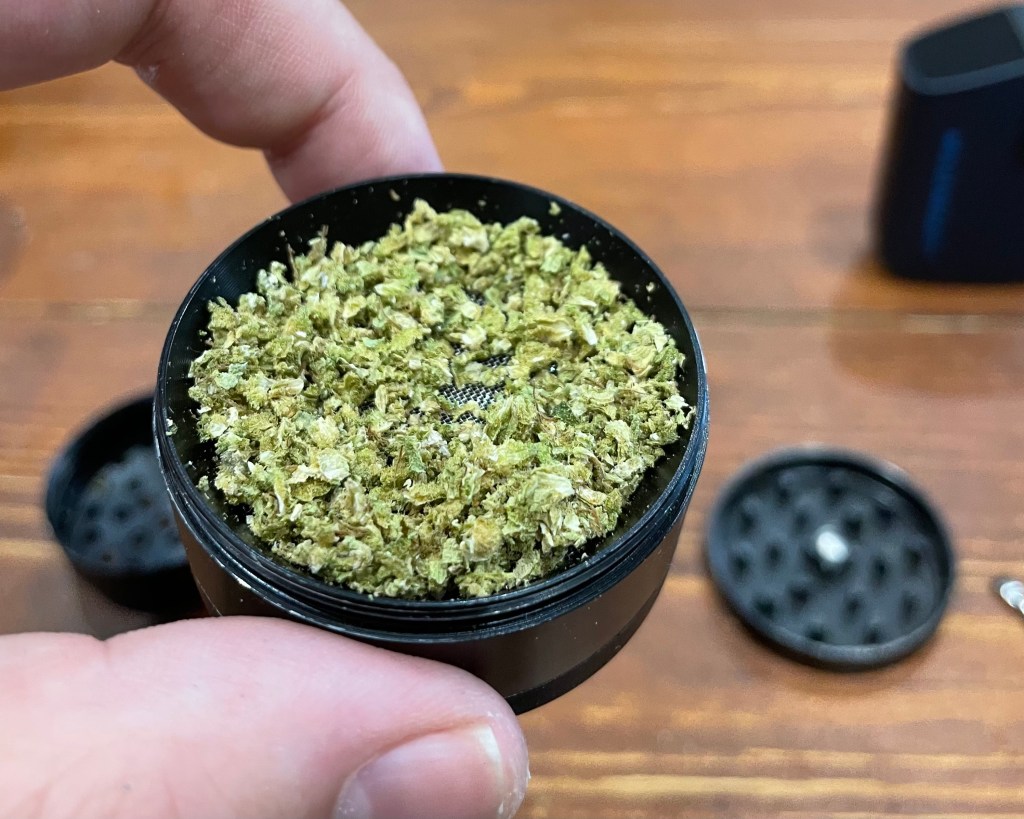In a concrete-walled room in Buenos Aires, jumpsuit-clad women and men arrive in pairs, each person armed with a metal baton or wooden bat. They’ll spend the next half hour gleefully smashing champagne bottles, a computer, and a keyboard to pieces.
At the Break Club, in Buenos Aires, customers pay a flat fee to demolish an assortment of satisfyingly destructible objects. The business, like other so-called “rage rooms,” is meant to offer visitors an easy—and entertaining—opportunity for catharsis. Since the opening of the first rage room in Japan in 2008, it’s become a global phenomenon, spreading to countries like Australia and Italy, as well as throughout the United States.
Videos by VICE
Read more: The History of Female Anger
Evelyn Botto, 25, who was visiting the Break Club with a male friend, described her experience as “delightful” after emerging from her session; she had chosen Metallica as the soundtrack. “You don’t care about society or the bottle, and the music helps too,” she said, sounding exhilarated.
The anxieties that led Botto to the Break Club are universal: friend drama, work stress, and family problems. But, according to rage room owners, a new stressor is driving people to rage rooms: politics. For many, the 2016 election season was anxiety-provoking. This type of stress was even given a name, Election Stress Disorder.
“This year was just crazy for politics. It seems like stress was high,” said Russell Chastain, owner of The Smash Shack in Jacksonville, North Carolina, where clients come from all over the state, including from a nearby military base. Leading up to the elections, Chastain provided both Trump and Clinton stickers for breakers to place on plates and bottles as they channeled their anger.
Even in Buenos Aires, a city 5,000 miles south of Washington D.C., rage room customers cite Trump as a source of stress; Botto joked that she might have channeled her anger better if the champagne bottles had been emblazoned with images of the US President-elect. (In Argentina, Trump’s approval rating is even lower than it is in America. A study showed that only six percent of Argentines would have voted for Trump, whom Botto referred to as a “globally hated figure.”)

The Venting Place in Japan started as a response to the country’s recession, which put workers on edge. University exams and recent break-ups often drive customers to the Break Club, according to owner Guido Dodero. Others come for fun, on a date, or as a company outing.
Studies show that men and women handle stress differently, according to the American Psychological Association. Men are more likely to engage in physical activity to relieve stress and women are more likely to seek stress relief from interpersonal relationships. However, according to several rage room operators, the majority of their customers are female. The Smash Shack owner Chastain has his own theory for why more women show up to let loose: Men in Jacksonville—especially those who live at the military base—are more likely to feel comfortable letting off steam aggressively, in the form of activities like martial arts classes, he suggested, whereas “girlfriends and spouses don’t have an outlet like that.”
But there could be something even deeper going on that makes rage rooms particularly liberating for women. A recent study shows that women are punished by society when they show their anger. Because rage rooms offer a socially sanctioned, somewhat lighthearted space to aggressively let off steam, they may appeal to female customers, who may feel they can’t show outward aggression in other areas of life.
For More Stories Like This, Sign Up for Our Newsletter
The benefits of rage rooms are up for debate. Psychologist Sandra Thomas, who has studied female anger, says that aggressive ways of venting frustration, such as yelling or breaking things, actually generate more anger. Physical activity or calming procedures are healthier ways to reduce stress, she told me in an email. However, expert Ramani Durvasala told How Stuff Works that rage rooms can be a positive outlet for those who generally manage their emotions well. The Break Club’s owner, Guido Dodero, reports that some clients are actually sent by their psychiatrists as part of therapy.
A session at the Break Club typically lasts from 20 to 30 minutes, but there is no buzzer rushing clients to leave. The time inside is yours to experiment and let loose before deciding you have gotten all the rage out of your system.
For Botto, the experience felt subversive—during her session, it took her a few minutes to feel comfortable, but she eventually threw herself into the activity wholeheartedly. “I’ve never broken a bottle before. I’ve dropped a bottle or a glass, but to do it on purpose is totally different,” she said. “I feel really liberated.”



